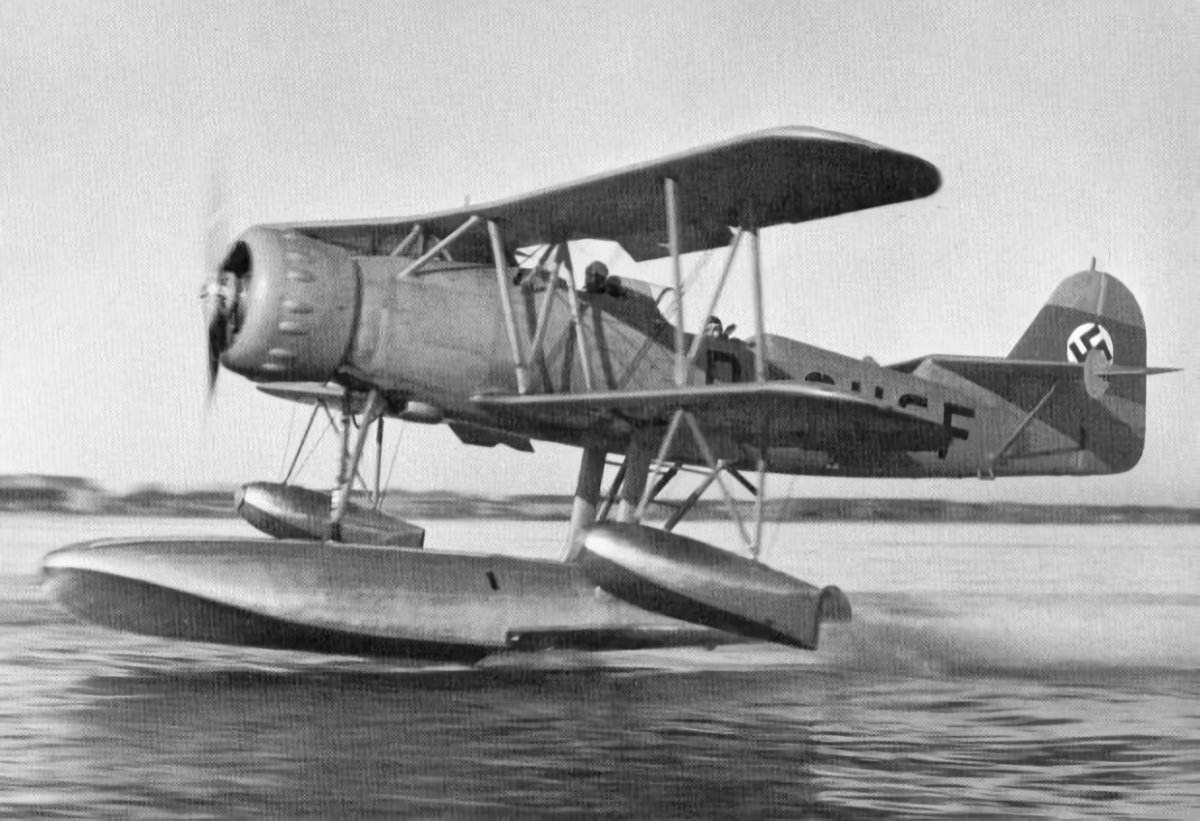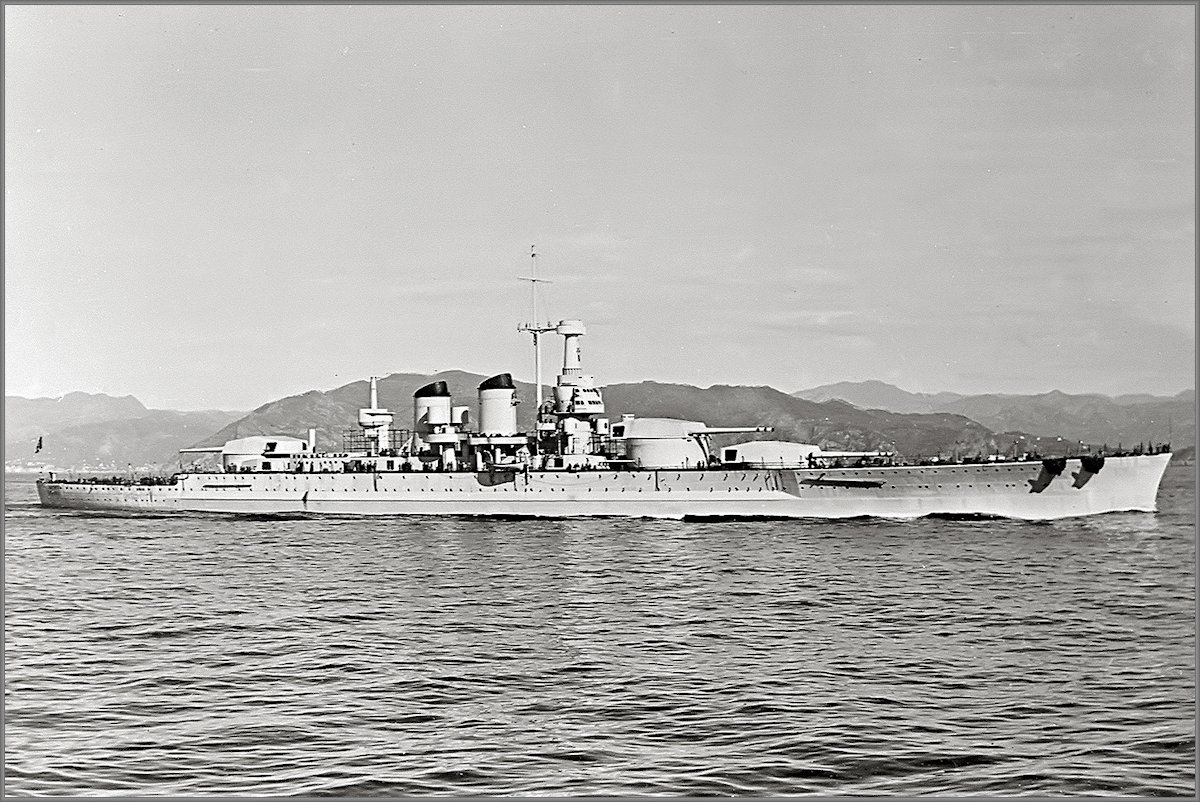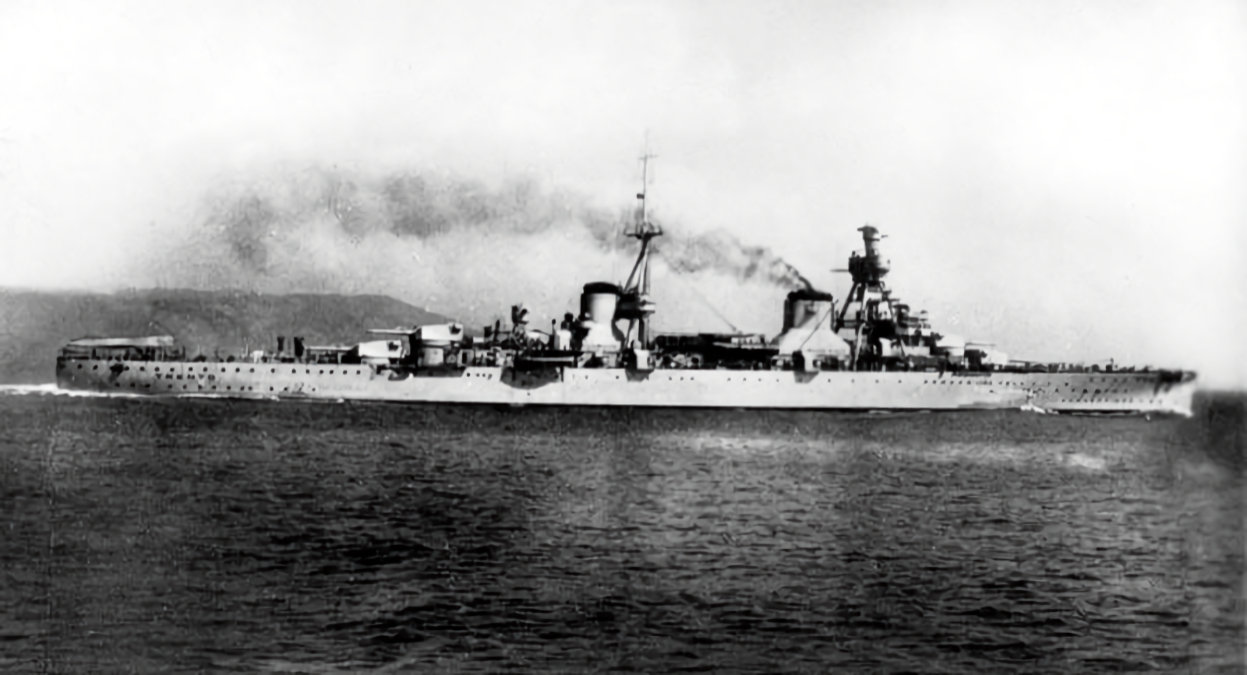Tag: World War Two
-
Focke -Wulf Fw 62 Floatplane

Focke -Wulf Fw 62 Floatplane Intended as a replacement for the Heinkel He 114, the Focke-Wulf Fw 62 was a reconnaissance floatplane designed for Nazi Germany’s Kriegsmarine. Two variants were built, to evaluate single and twin main floats. The V1 (D-OFWF) and V2 (D-OKDU) prototypes had conventional twin floats, while the V3 (D-OHGF) and V4… Read more
-
Italian Battleship Littorio

Italian Battleship Littorio Littorio was the lead ship of her class of battleships (along with Vittorio Veneto and Roma and in incomplete Impero). Launched on 22 August 1937, she was commissioned into the Italian Regia Marina on 6 May 1940. Littorio was badly damaged when struck by three torpedoes dropped by Fairey Swordfish torpedo-bombers during… Read more
-
Italian Heavy Cruiser Trento

Italian Heavy Cruiser Trento The lead-ship of her class of two heavy cruisers, Trento was launched on 8 October 1927. She was commissioned into the Regia Marina on 3 April 1929. During the Second World War, she took part in the Battles of Calabria (July 1940), Cape Spartivento (November 1940), and Cape Matapan (March 1941).… Read more